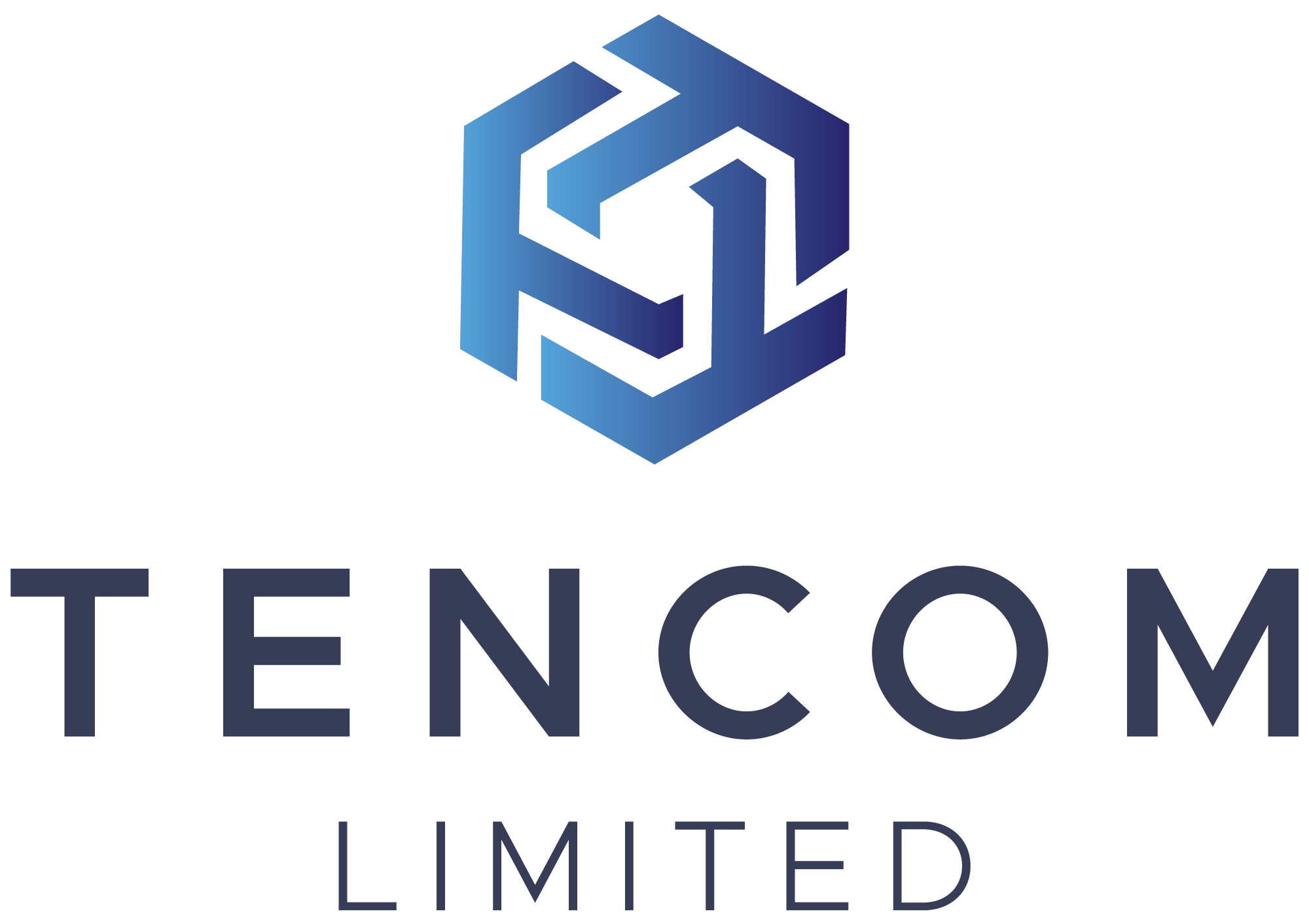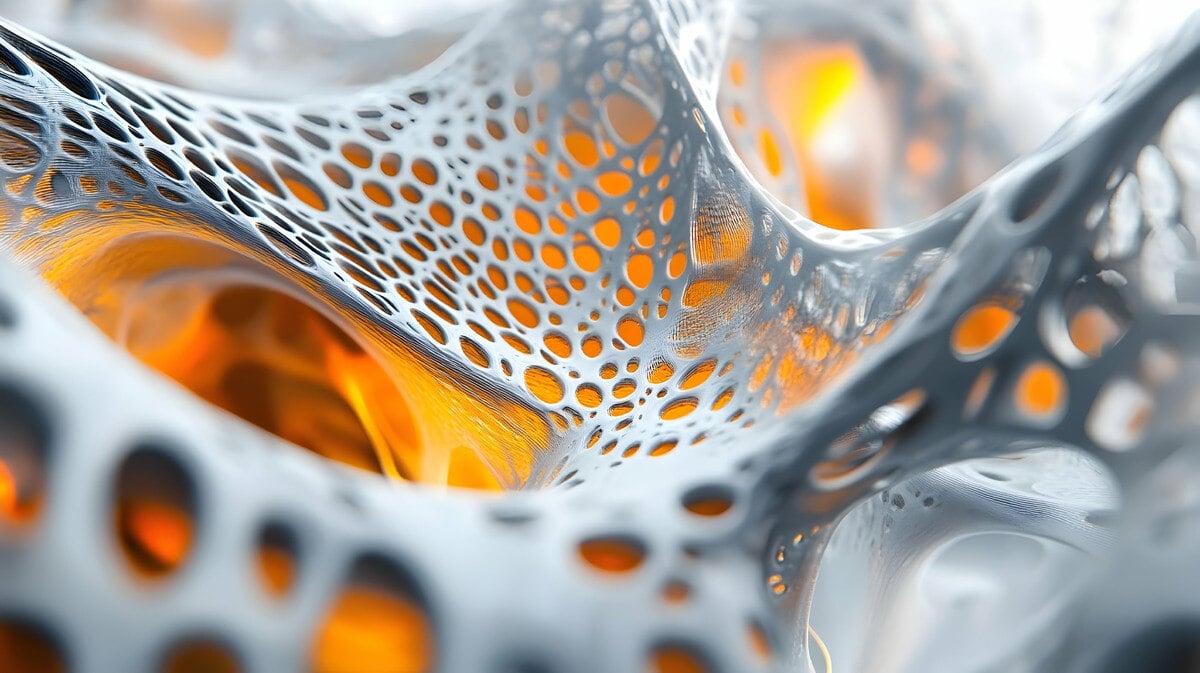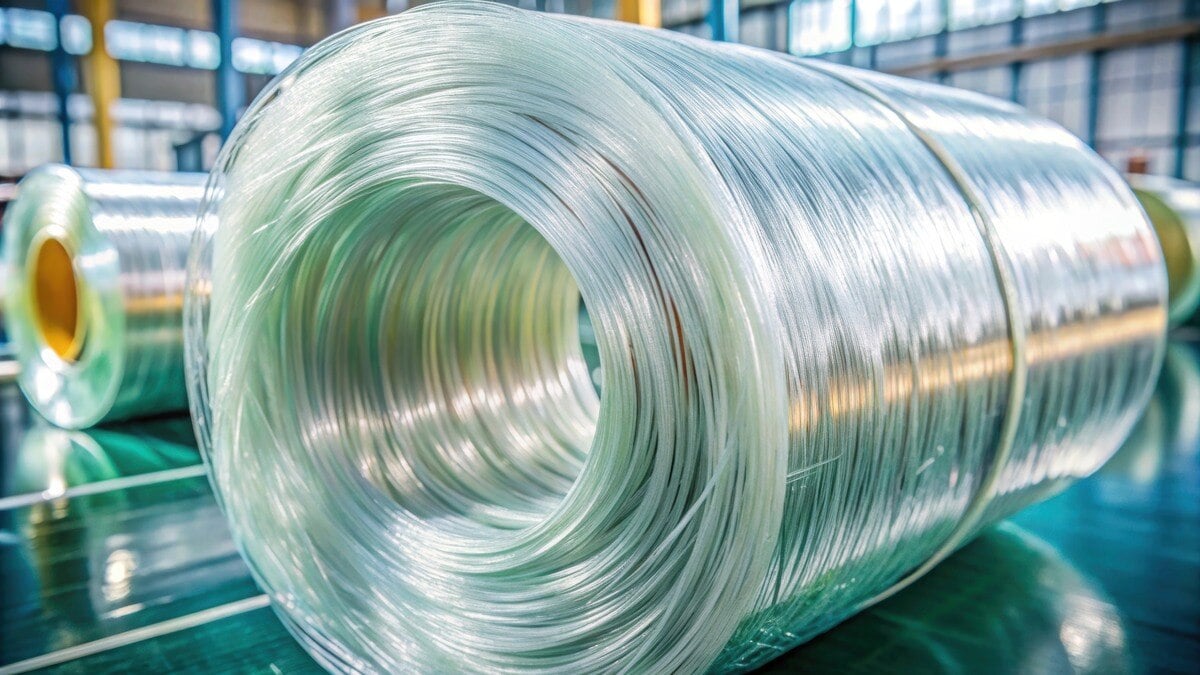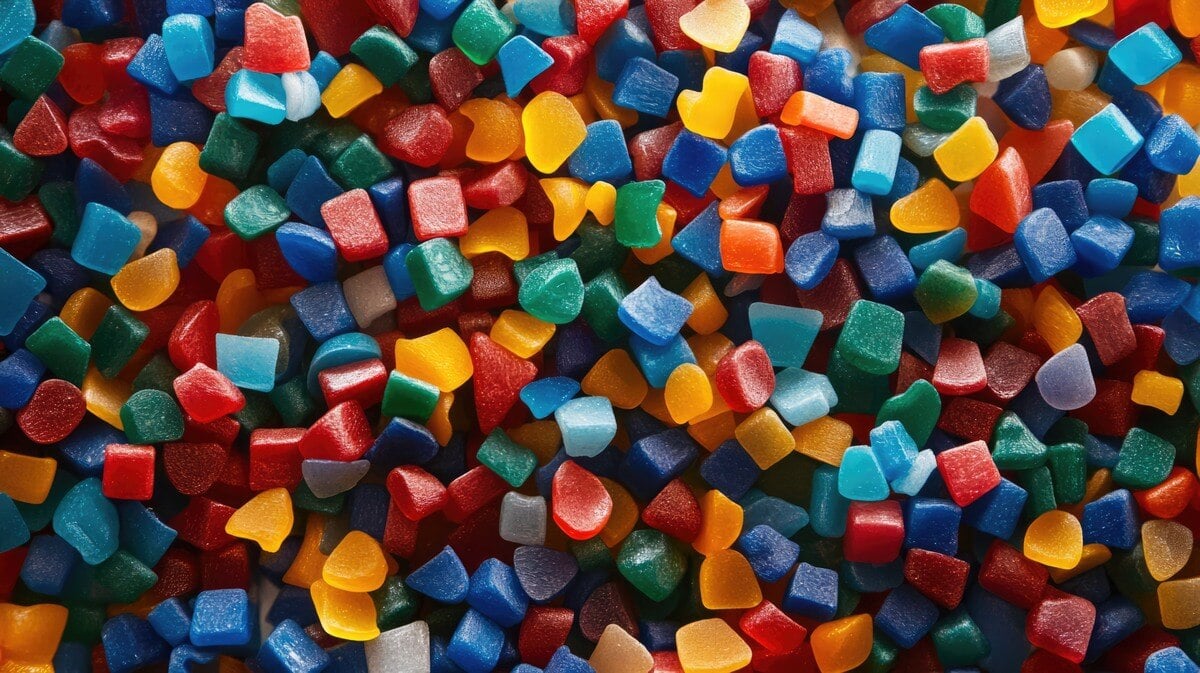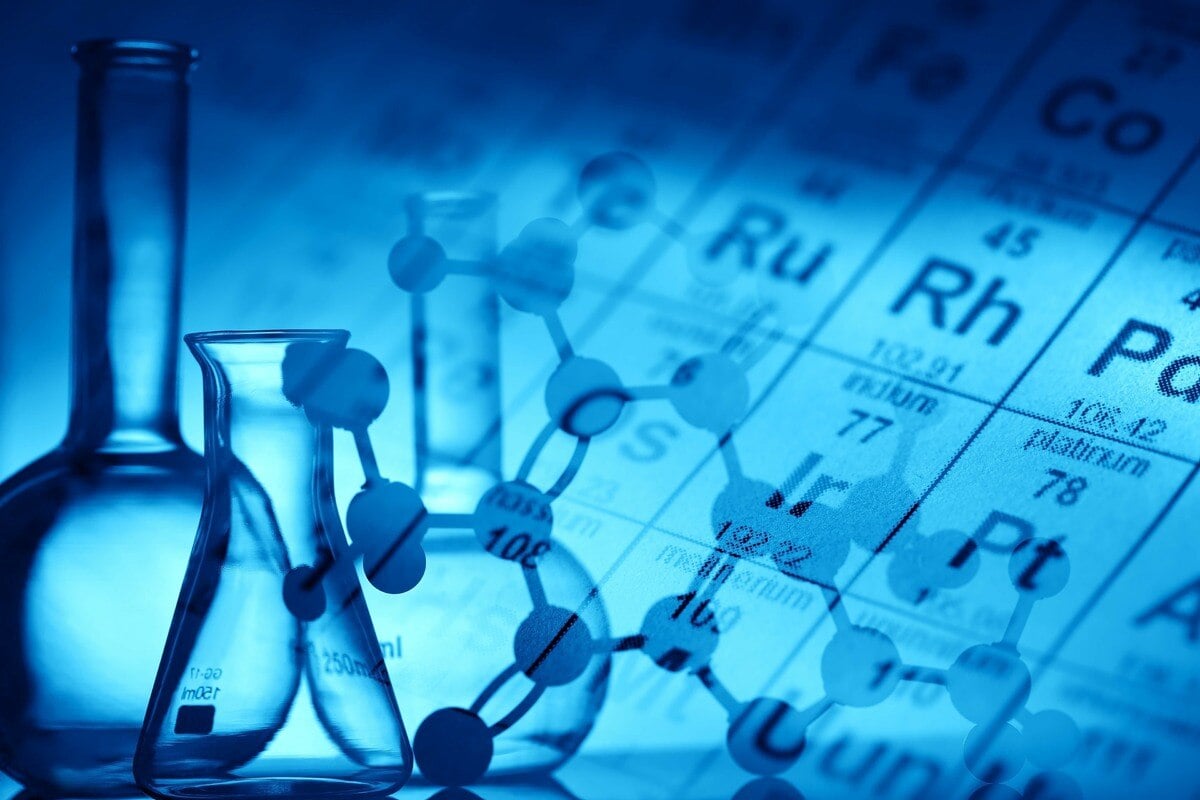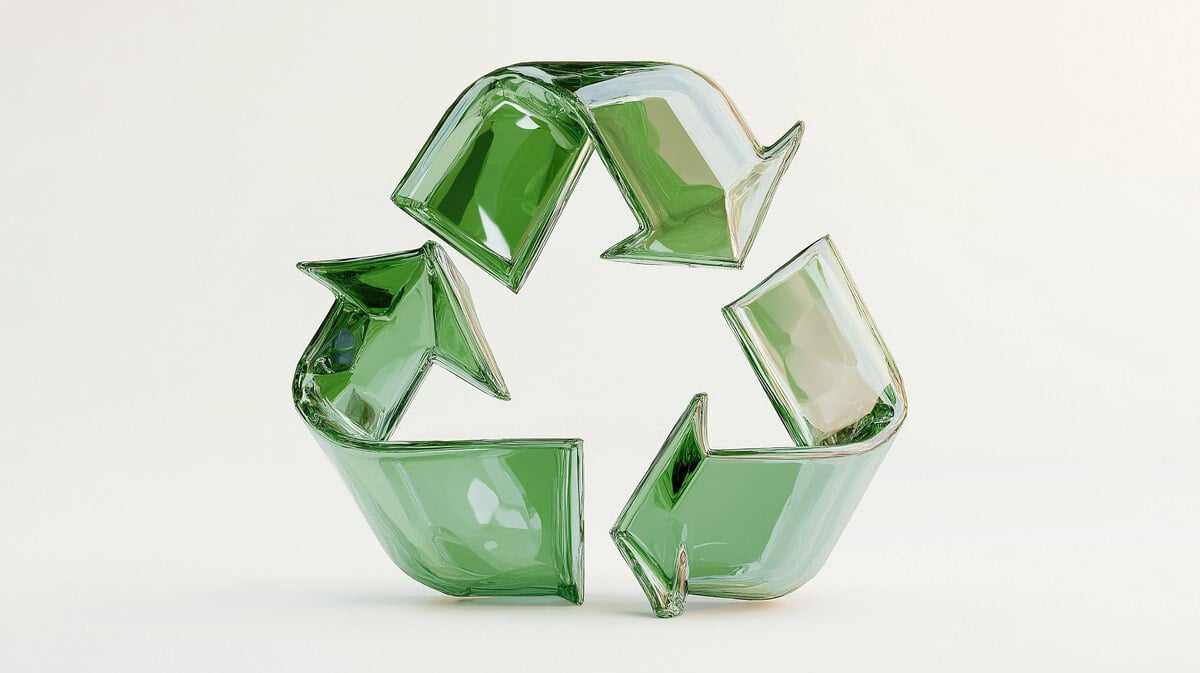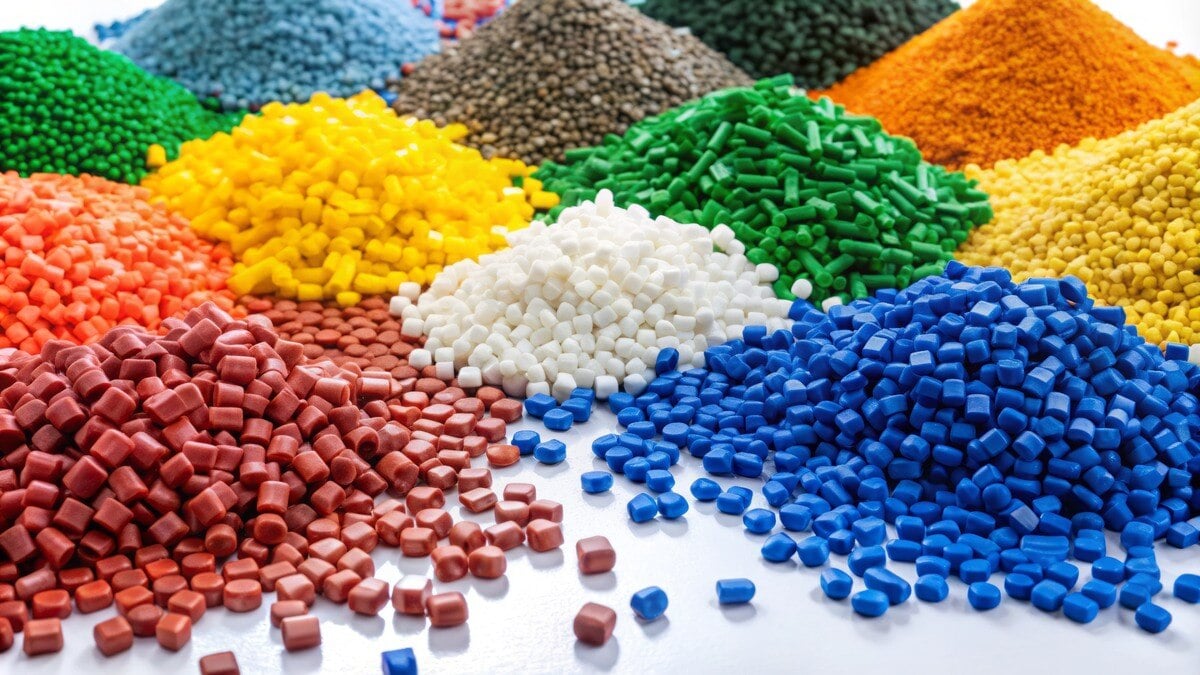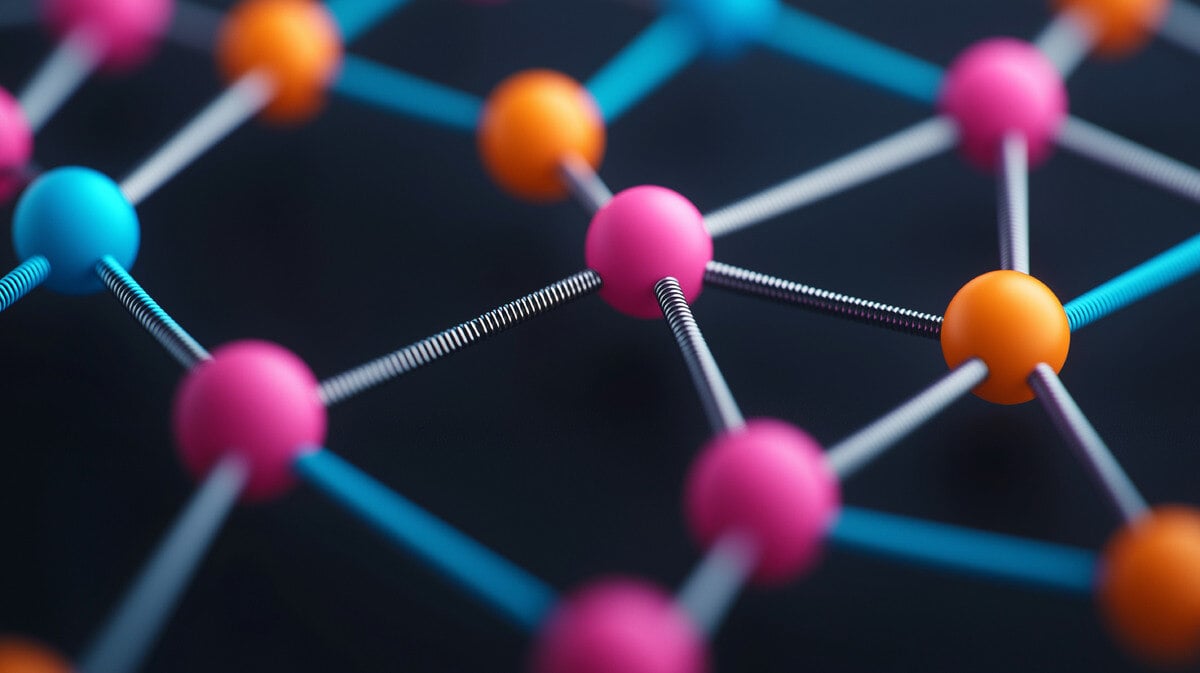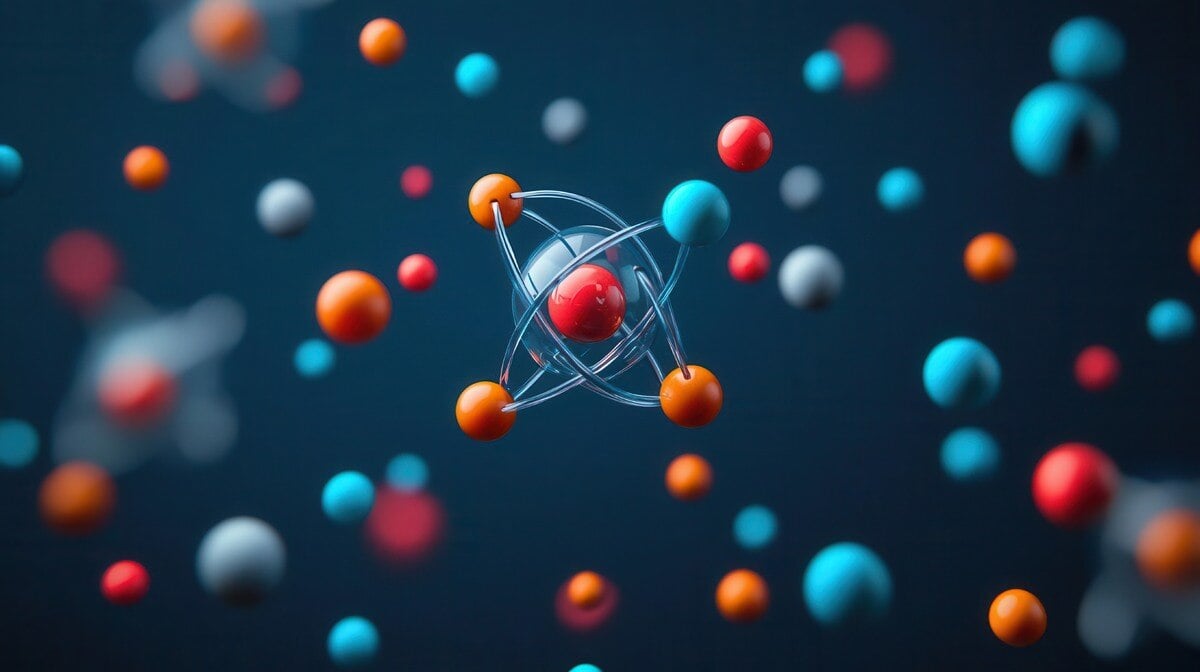
In today’s fast-paced industrial landscape, the demand for materials that combine strength, durability, and versatility is higher than ever. Enter fiberglass pultruded parts—a game-changing solution that’s quietly transforming industries from construction to aerospace. But what exactly makes these components so special, and why are engineers and manufacturers across the globe turning to them? Let’s dive into the advantages of fiberglass pultruded parts and explore how they’re reshaping the way we build, design, and innovate.
What Are Fiberglass Pultruded Parts?
Before we get into the benefits, let’s briefly cover the basics. Pultrusion is a manufacturing process that involves pulling continuous fiberglass reinforcements (like rovings or mats) through a resin bath and then through a heated die to form solid, uniform shapes—think rods, beams, tubes, or custom profiles. The result? Lightweight, high-strength components that outperform traditional materials in a variety of applications.
Now, let’s explore why these pultruded parts are making waves across industries.
1. Exceptional Strength-to-Weight Ratio
One of the standout advantages of fiberglass pultruded parts is their incredible strength-to-weight ratio. Pound for pound, these components can rival steel in tensile strength while being significantly lighter. For industries like aerospace, automotive, and marine—where every ounce counts—this is a game-changer. Lighter materials mean improved fuel efficiency, easier handling, and reduced transportation costs without sacrificing structural integrity.
Imagine a bridge deck or a wind turbine blade: with pultruded fiberglass, you get the robustness needed to withstand heavy loads or high winds, all while keeping the overall weight manageable. It’s no wonder this material is a go-to for engineers looking to optimize performance.
2. Corrosion Resistance That Lasts
Unlike steel or aluminum, fiberglass doesn’t rust or corrode—even in the harshest environments. Whether it’s exposure to saltwater in marine applications, chemicals in industrial plants, or extreme weather in infrastructure projects, pultruded fiberglass parts hold up where metals fail. This corrosion resistance translates to longer lifespans and lower maintenance costs, making it a cost-effective choice over time.
Take, for example, the oil and gas industry. Platforms and pipelines exposed to corrosive seawater benefit immensely from pultruded fiberglass grating and structural supports, which require minimal upkeep compared to traditional materials. It’s a win for both durability and the bottom line.
3. Design Flexibility for Custom Solutions
The pultrusion process allows for an impressive degree of customization. Manufacturers can create complex profiles tailored to specific needs—whether it’s I-beams for construction, hollow tubes for electrical insulation, or intricate shapes for architectural designs. This flexibility opens the door to innovation across industries, enabling designers to push boundaries without being constrained by material limitations.
In the construction sector, for instance, architects are using pultruded fiberglass window frames and curtain wall systems to achieve sleek, modern aesthetics while meeting stringent energy efficiency standards. The ability to mold fiberglass into precise shapes makes it a dream material for creative and practical applications alike.
4. Superior Electrical and Thermal Insulation
Fiberglass is a natural insulator, making pultruded parts ideal for industries where electrical conductivity or heat transfer is a concern. In the electrical and electronics sector, components like cable trays, ladder racks, and utility poles benefit from fiberglass’s non-conductive properties, reducing the risk of short circuits or electrical hazards.
Similarly, in high-temperature environments—like manufacturing plants or renewable energy systems—pultruded fiberglass offers excellent thermal stability. It can withstand heat without deforming, ensuring safety and reliability where it matters most.
5. Sustainability and Cost Efficiency
As industries increasingly prioritize sustainability, fiberglass pultruded parts are stepping into the spotlight. The pultrusion process is energy-efficient compared to metal forging or casting, and the longevity of fiberglass reduces the need for frequent replacements. Plus, its lightweight nature cuts down on shipping emissions, further shrinking its environmental footprint.
From a cost perspective, the initial investment in pultruded parts is often offset by their durability and low maintenance requirements. For example, in renewable energy, wind turbine manufacturers are adopting fiberglass blades not just for their performance but also for their lifecycle cost savings—a critical factor in large-scale projects.
Industries Reaping the Benefits
The versatility of fiberglass pultruded parts means they’re finding a home in a wide range of sectors:
- Construction: Bridges, railings, and rebar that resist weathering and wear.
- Transportation: Lightweight components for trains, buses, and electric vehicles.
- Renewable Energy: Turbine blades and solar panel supports built to last.
- Marine: Decking, hull reinforcements, and docks that thrive in wet conditions.
- Aerospace: Structural elements that balance weight and strength.
The Future of Fiberglass Pultrusion
As technology advances, so does the potential of fiberglass pultruded parts. Innovations in resin formulations and reinforcement techniques are pushing the boundaries of what this material can achieve, from enhanced fire resistance to even greater tensile strength. With industries under pressure to deliver sustainable, high-performance solutions, fiberglass pultrusion is poised to play an even bigger role in the years ahead.
Conclusion
Fiberglass pultruded parts are more than just an alternative to traditional materials—they’re a smarter, more adaptable choice for the modern world. With their unbeatable strength-to-weight ratio, corrosion resistance, design flexibility, and insulation properties, they’re proving their worth across countless applications. Whether you’re building a skyscraper, designing a cutting-edge vehicle, or harnessing renewable energy, these components offer a blend of performance and practicality that’s hard to beat.
So, the next time you’re marveling at a sleek bridge or a towering wind turbine, take a moment to appreciate the unsung hero behind it all: fiberglass pultrusion. It’s lightweight, it’s tough, and it’s here to stay.
